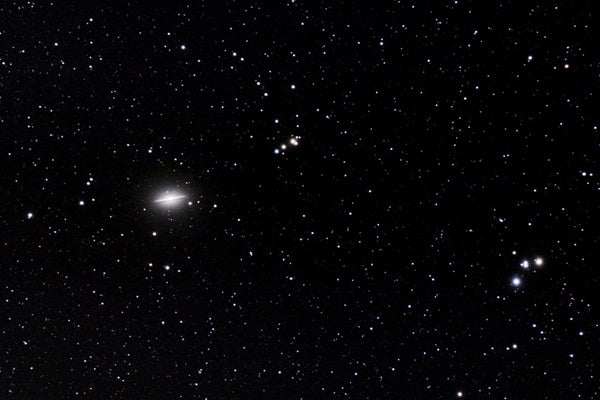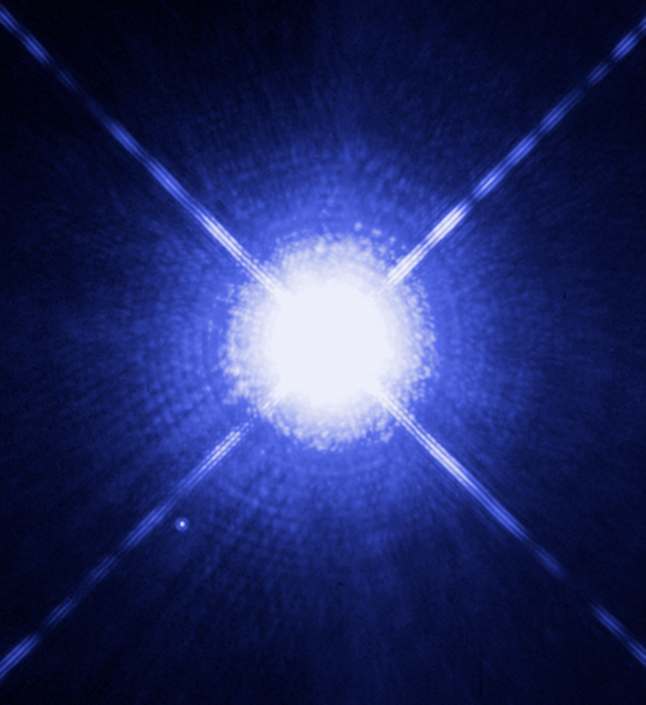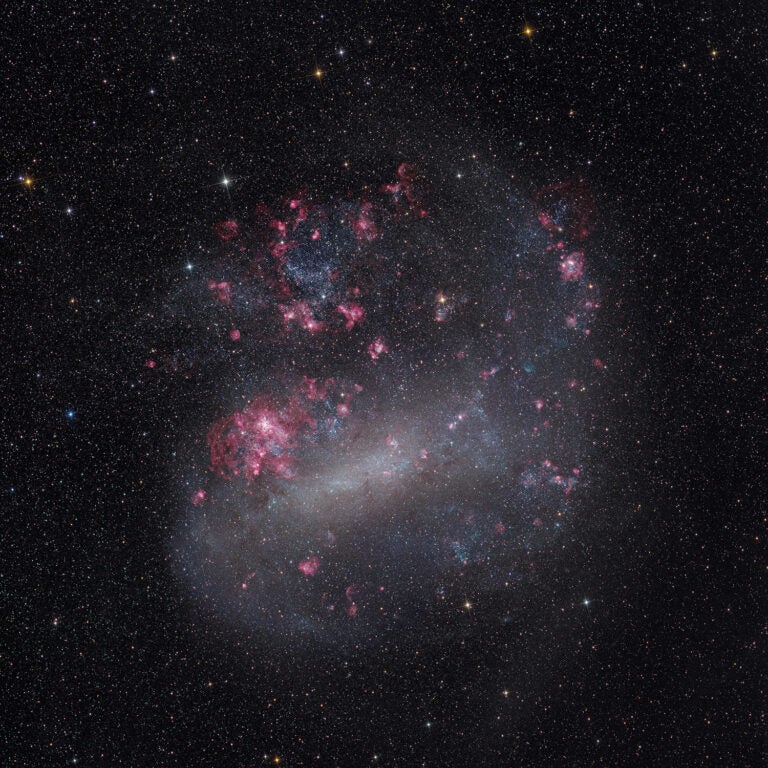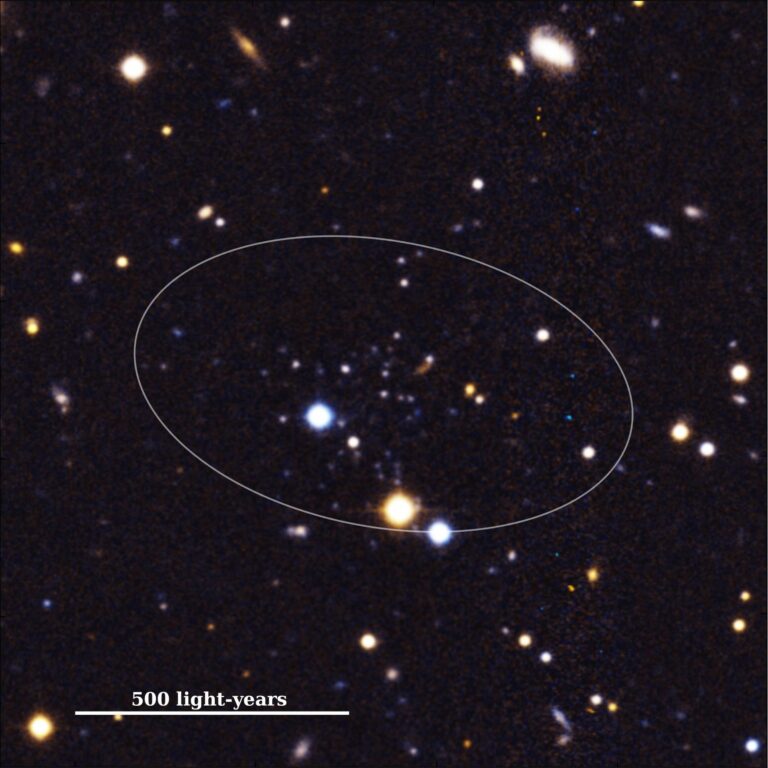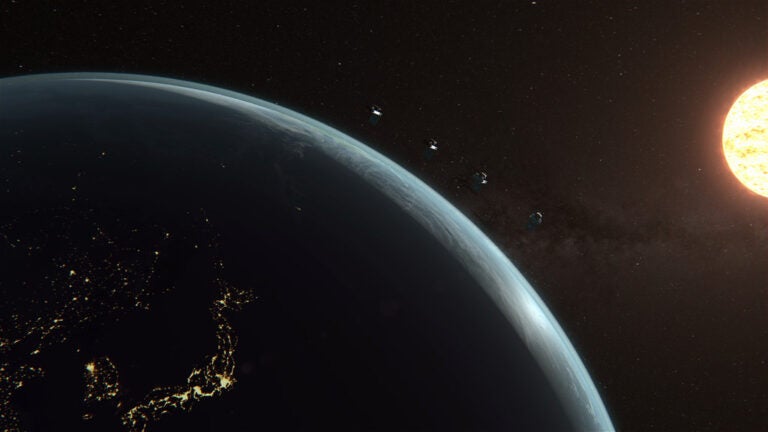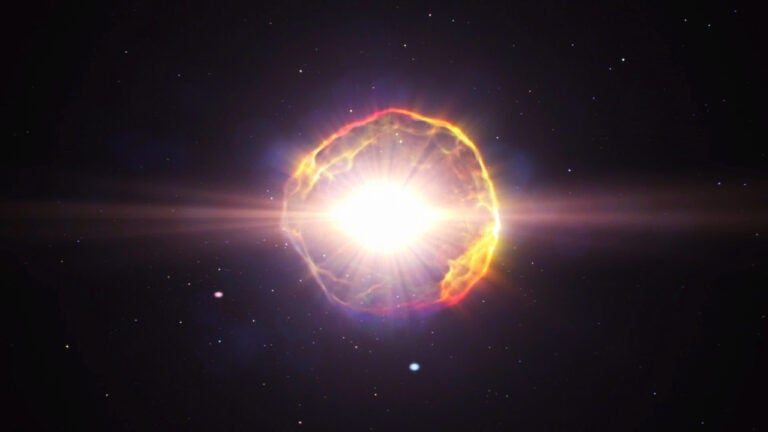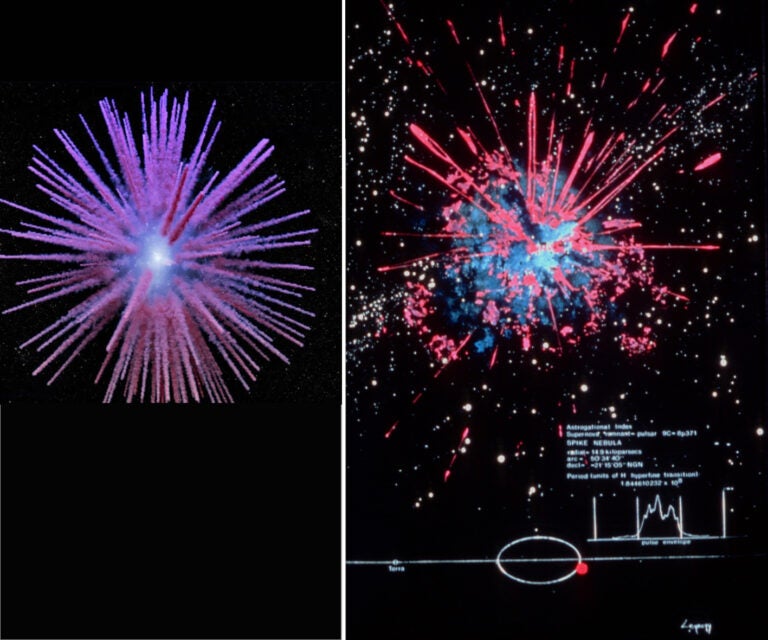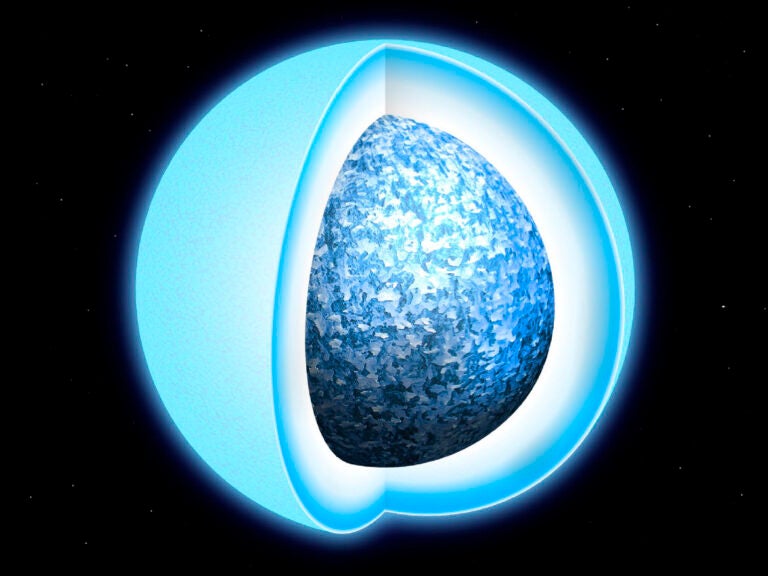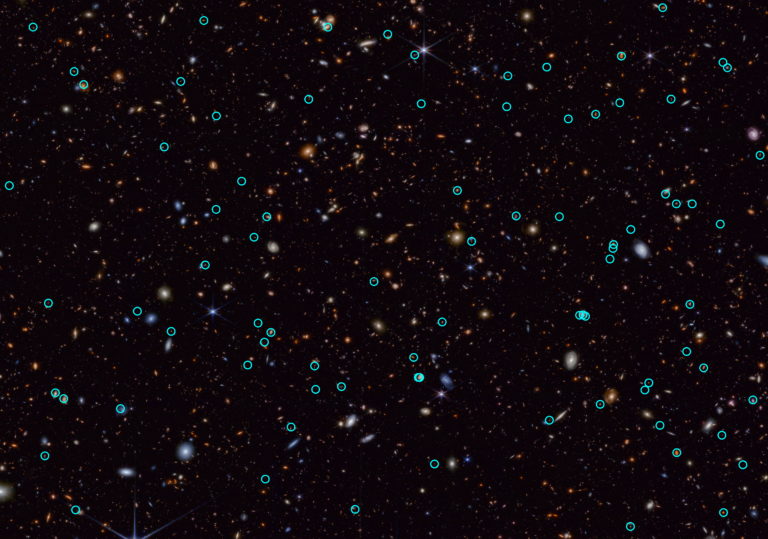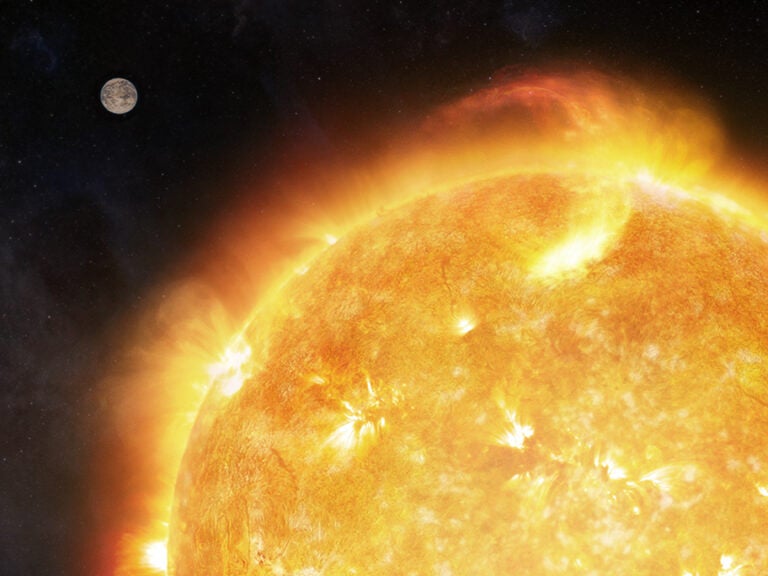Happy Cinco de Mayo! What’s the connection between backyard astronomy and this popular May 5 Mexican-American holiday? That’s simple. We’re going to the southerly part of the constellation Virgo to explore the Sombrero Galaxy (M104), one of the finest examples of an edge-on galaxy bisected by a dark dust lane. The nickname arises from its resemblance to the traditional Mexican headgear, the bright nuclear bulge forming the crown of the hat and the dust lane the wide brim.
An 8th-magnitude object with high surface brightness, the Sombrero Galaxy is visible using binoculars on a clear moonless night (a dark-sky location is a must). A small-aperture scope (like the 3-inch reflector I used for my first view of the galaxy back in 1978) reveals its elongated 7.1′ by 4.4′ form. The visibility of the dust lane depends on telescope aperture and sky transparency.
You can pick it out with a 4-inch scope from regions blessed with truly dark skies, but if you live in a suburban area under moderately light-polluted skies, you’ll need an 8-inch or larger instrument. Even then, averted vision (looking slightly away from an object to use a more sensitive part of your eye) may be necessary. The Sombrero Galaxy fairly begs for dark skies and large aperture!
Recent observations by NASA’s Spitzer Space Telescope indicate that M104 has a split personality. Traditionally, observers classified it as disk-shaped. But Spitzer’s infrared eye peered through the dust lane to reveal a feature hidden from visual means — an outer halo with the right size and mass to be a giant elliptical galaxy. The Sombrero now appears to be an elliptical galaxy with a thin embedded disk. It’s like two galaxies — one inside the other!
When viewing the Sombrero with a wide-angle eyepiece, you may come across two conspicuous stellar groupings to its west, one in Virgo and the other in Corvus. The first, less than ½° away, is a hockey-stick-shaped arrangement consisting of four 8th- and 9th-magnitude stars. The second, farther west and slightly south, is a striking triangle-within-a-triangle formation called the Stargate.
The blade of the hockey stick consists of the double star Struve 1664 (Σ1664), a magnitude 7.8 and 9.2 pair separated by 38″. The two remaining stars, of magnitudes 8.6 and 8.9, complete the stick. This eye-catching formation also represents the gaping maw of an asterism known as “Jaws”; a row of fainter stars running northward rounds out the shark’s body.
A gentle southwestward nudge of the telescope will bring the Stargate into view. Three words describe this stellar sextet: Amazing! Amazing! Amazing! A year ago, fellow Amateur Telescope Makers of Boston member Steve Clougherty introduced me to the Stargate at the club’s observing field in Westford, Massachusetts. At its center is the triple star Σ1659, whose magnitude 8.0 main star forms a compact triangle with stars of magnitudes 8.3 and 11.0. The trio is nestled inside a larger triangle composed of magnitude 6.6, 6.7, and 9.9 stars. The entire formation spans an area about 5′ across.
I had first seen Σ1659 more than 30 years earlier, but my 3-inch reflector failed to capture the two faintest Stargate members. Clougherty’s 18-inch Dobsonian was more than adequate to bring all six stars to light. Later, I confirmed the Stargate’s small-scope visibility by capturing it through a 4-inch reflector.
I find it hard to believe that the Stargate has come to the attention of backyard astronomers only in recent decades. Its present-day popularity seems to stem from an observation made by Texas amateur astronomer John Wagoner, who stumbled on it while searching for M104 in the early 1980s. To him, it looked like the “stargate” used by the science-fiction figure Buck Rogers to travel through interstellar space, hence the nickname.
Yet these nested triangles were known at least a century earlier. The Italian astronomer Ercole Dembowski (1812–1881) made measurements of Σ1659 in 1870, describing it as a triangularly arranged triple located within a large stellar triangle. Friedrich Georg Wilhelm von Struve (1793–1864), the German-Russian astronomer who discovered this triple in 1832, must have seen the surrounding triangle as well. Perhaps the Stargate wasn’t as visually impressive in the narrow fields of the long-focus refractors they used as it is in the much wider fields of today’s short-focus reflectors. Viewed with an eyepiece that magnifies 50x to 75x and encompasses a field at least 1° across, the Stargate seems to jump out of the surrounding darkness — a mesmerizing sight, indeed!
Questions, comments, or suggestions? Email me at gchaple@hotmail.com. Next month: We go from a spiral galaxy and a Mexican hat to a multiple star and a Civil War general. Clear skies!


